
On June 6, 1944, the Allied Forces executed Operation Overlord, the largest seaborne invasion in history, storming the beaches of Normandy. This pivotal event, known as D-Day, liberated France and Western Europe. A new documentary features interviews with historians, experts, and eyewitnesses, providing detailed insights into the events leading up to this crucial day that played a vital role in bringing an end to World War II.
You May Also Like
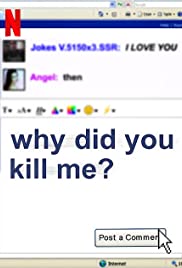
The line between justice and revenge blurs when a devastated family uses social media to track down the people who killed 24-year-old Crystal Theobald.
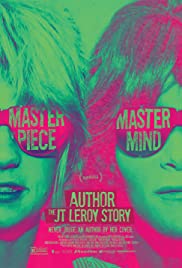
New York magazine’s October 2005 issue sent shockwaves through the literary world when it unmasked “it boy” wunderkind JT LeRoy, whose tough prose about his sordid childhood had captivated icons and luminaries internationally. It turned out LeRoy didn’t actually exist. He was dreamed up by 40-year-old San Francisco punk rocker and phone sex operator, Laura Albert.
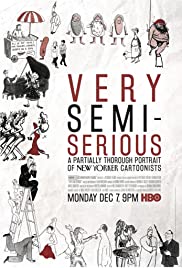
The New Yorker is the benchmark for the single-panel cartoon. This light-hearted and sometimes poignant look at the art and humor of the iconic drawings shows why they have inspired and even baffled us for decades. Very Semi-Serious is a window into the minds of cartooning legends and hopefuls, including editor Bob Mankoff, shedding light onto how their humor evolves.

The civil rights movement that grew in Alabama was not just a spontaneous call for justice; the events that took place from 1955 to 1965 were meticulously planned and fueled by thousands of courageous citizens.

Scientists explore whether planets, moons and exoplanets — planets outside the solar system — have the necessary qualities to support life.

This documentary promoting the joys of life in a Soviet village centers on the activities of the Young Pioneers. These children are constantly busy, pasting propaganda posters on walls, distributing hand bills, exhorting all to “buy from the cooperative” as opposed to the Public Sector, promoting temperance, and helping poor widows. Experimental portions of the film, projected in reverse, feature the un-slaughtering of a bull and the un-baking of bread.
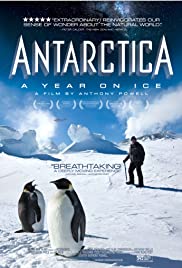
Filling the giant screen with stunning time-lapse vistas of Antarctica, and detailing year-round life at McMurdo and Scott Base, Anthony Powell’s documentary is a potent hymn to the icy continent and the heavens above.

THE POWER AND THE GLORY tells Serena Williams’ remarkable story from a Compton prodigy to the greatest female tennis player of all time.

The physical evidence left behind warns us of another judgment to come, but when? The second film in THE DAYS OF NOAH series, “Judgment Hour,” answers this question. Just before the Flood, Noah gave a judgment hour message to the world and likewise, a prophecy foretold at the end of time another message would go forth to the world declaring “the hour of His judgment is come.” (Rev 14:6) As the judgment hour message proclaimed by Noah invited the people to find mercy and refuge in the Ark, so too, this judgment hour message for the last generation contains the instructions whereby man might find mercy and refuge in the last Ark before the destruction of the world by fire.

Don Adams is the guest of honour at this celebrity roast at the Playboy Mansion.
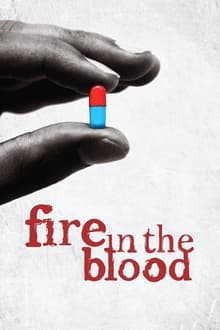
An intricate tale of “medicine, monopoly and malice”, FIRE IN THE BLOOD tells the story of how Western pharmaceutical companies and governments blocked access to low-cost AIDS drugs for the countries of the global south in the years after 1996 – causing ten million or more unnecessary deaths – and the improbable group of people who decided to fight back. Shot on four continents and including contributions from global figures such as Bill Clinton, Desmond Tutu and Joseph Stiglitz, FIRE IN THE BLOOD is the never-before-told true story of the remarkable coalition which came together to stop ‘the crime of the century’ and save millions of lives in the process.
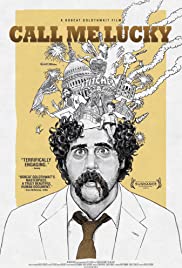
An inspiring, triumphant and wickedly funny portrait of one of comedy’s most enigmatic and important figures, CALL ME LUCKY tells the story of Barry Crimmins, a beer-swilling, politically outspoken and whip-smart comic whose efforts in the 70s and 80s fostered the talents of the next generation of standup comedians. But beneath Crimmins’ gruff, hard-drinking, curmudgeonly persona lay an undercurrent of rage stemming from his long-suppressed and horrific abuse as a child – a rage that eventually found its way out of the comedy clubs and television shows and into the political arena.